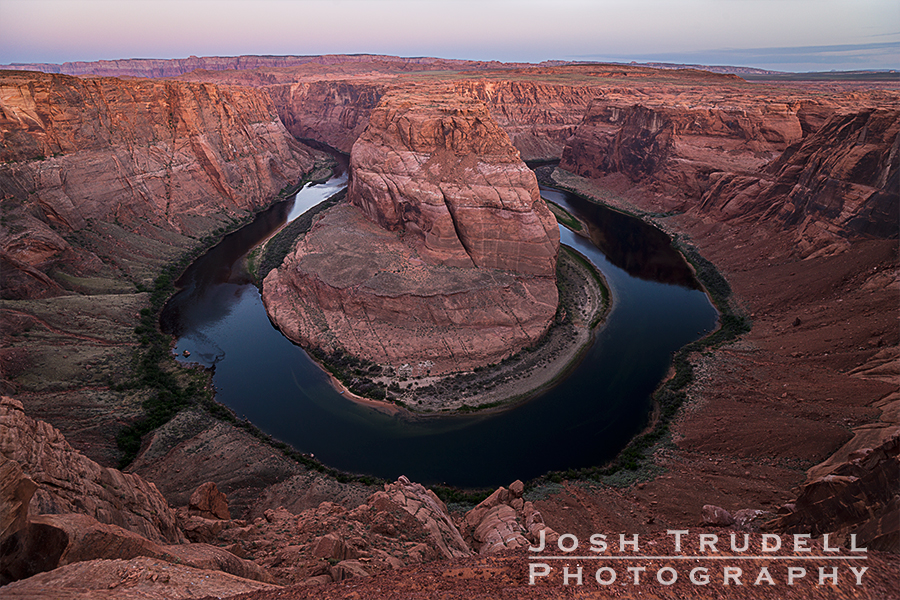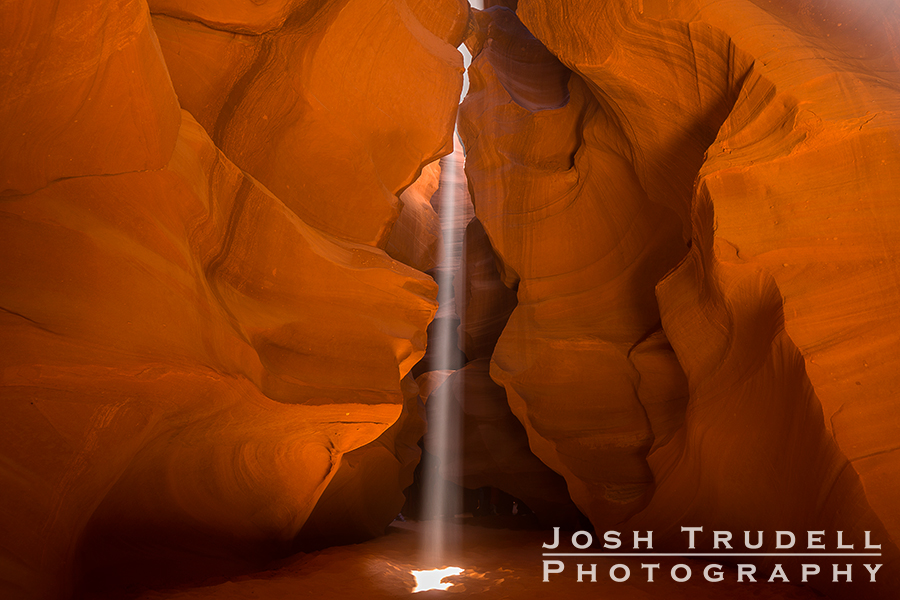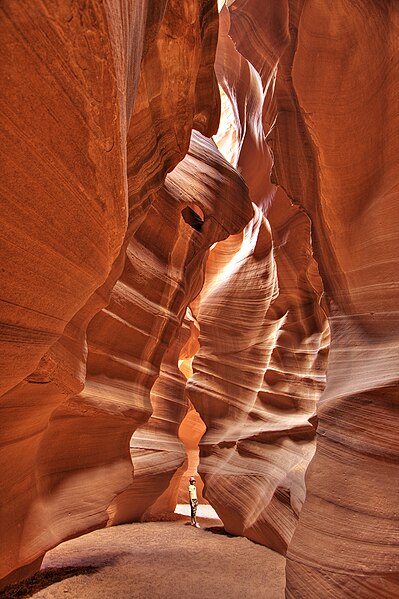We’re up with our friend O:DarkThirty again, heading out to Horseshoe Bend, one of the most recognizable canyons in the world.
It’s funny – in some areas, places like this would probably have ropes or fences keeping you from the edge.
There is nothing between you and the edge at Horseshoe Canyon. And it is a long way down – nearly 1000 feet - to the tiny boat landing on the inside of the curve where we saw people camping.
One of our tribe – I won’t embarrass him by calling him out by name – was more than a little nervous about being that close to the edge. I don’t blame him, either, but I had seen a shot like the one above of Horseshoe many times, and I wanted one of my own.
So I made an effort not to look to closely at the river at the bottom of the canyon, crept up to the edge, and shot.
I wasn’t the only one, either – thousands of dollars in camera gear was inches from hundreds of feet of flight as we lined the rim, photographer crows on our perches.
After the sun came up, we made our way back to town for breakfast. Page is a mid-sized town – Ian said there were 17 churches, but I didn’t get a chance to count them. As we drove through the center of town and past a high school, baseball players were dragging the field, red dust puffing up behind them.
After breakfast, we headed out to Lower Antelope Canyon. The parking lot is on the other side of the road from Upper Antelope Canyon.
In Upper Antelope, you walk straight into a cliff face cracked by the slot canyon. In Lower Antelope, you walk down some stone steps and small ladders to the canyon floor.
As our group waited for its turn to go down in the caves, we got a bit of a chuckle listening to the guide give people instructions on taking pictures in the canyon.
He repeatedly told people to use “Beach Mode” on their cameras, and it quickly became our catchphrase for the rest of the trip.
“Got that in focus?” “Yep – got it in Beach Mode. I’m good.”
Lower Antelope proved to be more narrow in spots than Upper Antelope – less than three feet wide in places, making for some bending and twisting.
The canyon walls were lighter and more colorful. Bracketing our exposures – shooting the same frame with multiple exposures - was important here to get the rich colors and shadows in detail.
Thanks to Ian, we hit the Keyhole – a hole in the rock façade that has a beam of light shine through it for about 15 minutes during the day – just in time to capture that. Ian played the part of Sandman, bringing the light into sharper focus.
As we progressed through the canyon, crowds were noticeably less than in Upper Antelope, but the narrow pathway made even a steady single-file stream seem busy.
We came to a steep, nearly vertical metal stairway/ladder, and then a switchback metal stairway to climb out, with about a 15 minute walk across sand back to the parking lot.
Post lunch, we packed up and headed east to Hunts Mesa in Monument Valley.
As we rolled into the valley, it felt like we were entering the domain of giants. Huge red monsters loomed over the landscape.
After a pit stop, we met our guide, Ray, who took us around Monument Valley and through Kayenta, AZ. (You can’t get to the mesa from the park by road…in fact, unless you’re hiking or ready for some off-roading, you can’t get there at all.)
Bull-rushing across dunes, with sand kicking up as high as the windows, there were a few white knuckle moments as Ray whipsawed the truck to keep it moving.
Once past the dunes, we did a slow crawl up the narrow trail to the mesa’s peak, just in time to catch the last few minutes of daylight.
It was short-lived, though – a blanket of clouds descended and took the glowing hills away. Unfazed, we channeled our inner Ansel Adams (with the help of a flask or two) and went for black and white moments.
Ray and his assistants were excellent campfire books, and we crashed early, hoping the clouds would clear off in the night.









